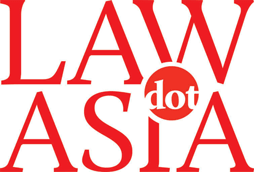Trust institutions have, in recent years, basically divided themselves into four types – state-owned, local government-owned, financial institution-owned and privately owned, with a mutual entanglement of domestic and foreign capital.

Dorothy Xing
共和律师事务所
北京办公室
合伙人
Partner
Concord & Partners
Beijing
Shareholder backgrounds
Industry figures show that of the 67 trust companies recorded as having offered products in 2012, the controlling shareholder of 19 of them had backgrounds as state-owned enterprises (SOEs), e.g. CITIC Trust, CRC Trust; 29 had local government backgrounds, e.g. Jiangsu Trust, Beijing International Trust; 10 had financial institution backgrounds, e.g. Ping An Trust, Bank of Communication International Trust; and nine had private enterprise backgrounds, e.g. National Trust, New China Trust.
Different shareholder backgrounds have an effect on such things as trust companies’ risk appetite, size of assets under management and product types, resulting in risks specific to the different types of institutions, meaning that they should naturally constitute an important factor to be examined when investors evaluate an acquisition target. This column proposes to carry out an analysis from the perspective of the feasibility of acquiring a trust institution and the effect of shareholder backgrounds on the risks to which a target company is exposed.
You must be a
subscribersubscribersubscribersubscriber
to read this content, please
subscribesubscribesubscribesubscribe
today.
For group subscribers, please click here to access.
Interested in group subscription? Please contact us.





























